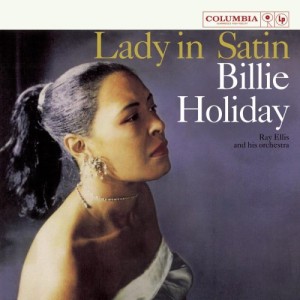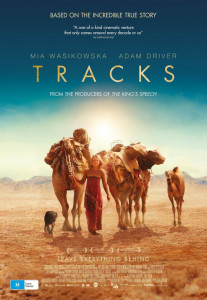This past month Psychogeographic Review has been reading:
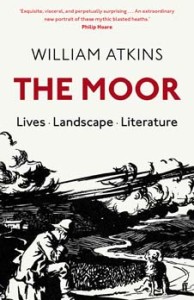 William Atkins – ‘The Moor: Lives, Landscape, Literature’ (2014)
William Atkins – ‘The Moor: Lives, Landscape, Literature’ (2014)
It was only when I read this book that I came to appreciate how deeply ingrained into the British psyche is the idea of ‘the moor’. Cast an eye over some of our fiction and you’ll see what I mean. After all, where would Emily Brontë, Robert Louis Stevenson, Sir Arthur Conan Doyle, Henry Williamson or Ted Hughes be without the inspiration of this island’s wet, rolling uplands? William Atkins’s book covers the history, topography and the myths of Britain’s moorlands. This may not be the definitive overview, but it is a pretty good starting point.
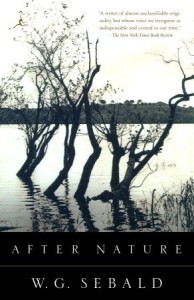 W.G. Sebald – ‘After Nature’ (2003)
W.G. Sebald – ‘After Nature’ (2003)
After Nature is an extended prose poem and was Sebald’s first literary work to be translated into English and released in the UK. It is not an easy read but, for those of us who love Sebald’s subsequent works, it is a fascinating early exploration of some of his later themes, in particular the sometimes strained relationship between humankind and nature.
 Arnold Bennett – ‘Anna of the Five Towns’ (1902)
Arnold Bennett – ‘Anna of the Five Towns’ (1902)
Anna of the Five Towns is Bennett’s detailed portrait of a small community struggling to come to terms with the onset of all-consuming industrial expansion. At the centre of his story is one of his most vividly created characters, Anna Tellwright, a strong, passionate young woman squeezed between the strictures of evangelical Christianity and parental expectations.
Meanwhile, we were listening to:
 Marisa Anderson – ‘Traditional & Public Domain Songs’ (2014)
Marisa Anderson – ‘Traditional & Public Domain Songs’ (2014)
Marisa Anderson is an accomplished archtop and lap steel guitar player whose style is heavily influenced by her love of blues and country and her classical training. Originally available on vinyl import only, this album has now been released for digital download and comprises Anderson’s interpretations of a baker’s dozen of traditional songs, from Just a Closer Walk with Thee to Will the Circle be Unbroken.
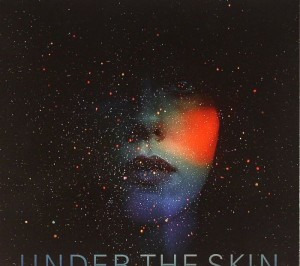 Mica Levi – ‘Under the Skin’ (2014)
Mica Levi – ‘Under the Skin’ (2014)
Mica Levi uses deceptively simple layers of string and electronic instrumentation to create this, her soundtrack for the movie of the same name. Rather like Jonathan Glazer’s film, Levi works from a palette of muted colours and minor keys, but she succeeds in creating an atmospheric series of musical pieces that transcend the limits of the ‘soundtrack’ genre.
Billie Holiday – ‘Lady in Satin’ (1958)
Lady in Satin was released towards the end of Billie’s life and is a magnificent, if somewhat downbeat, album. Whilst her voice is beginning to show signs of the hard life she had experienced, Billie delivers songs like The End of a Love Affair and Glad to be Unhappy with heart-rending emotional power and depth.
and watching:
Based on Robyn Davidson’s memoir of the same name, Tracks is a stunning evocation of the Australian landscape. It tells the story of a young woman’s 2,000 mile trek across the outback with just her dog and four camels for company. Oh, and the occasional National Geographic photographer too.
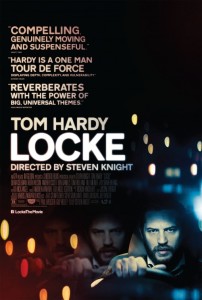 ‘Locke’ – Steven Knight (2013)
‘Locke’ – Steven Knight (2013)
Cinema’s homage to the mobile phone. Locke is staged entirely within the confines of a car making the two-hour journey from Birmingham to London. Through a series of phone calls to his wife, his work colleagues and his pregnant lover the story of Ivan Locke’s life, past and present, unfolds and expands.
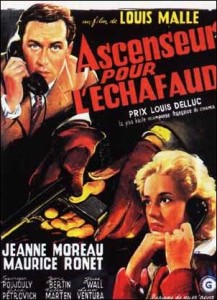 ‘Lift to the Scaffold’ Louis Malle (1958)
‘Lift to the Scaffold’ Louis Malle (1958)
Starring Jeanne Moreau and with a soundtrack by Miles Davis, Lift to the Scaffold is a gripping noir thriller and an early example of French New Wave film.

